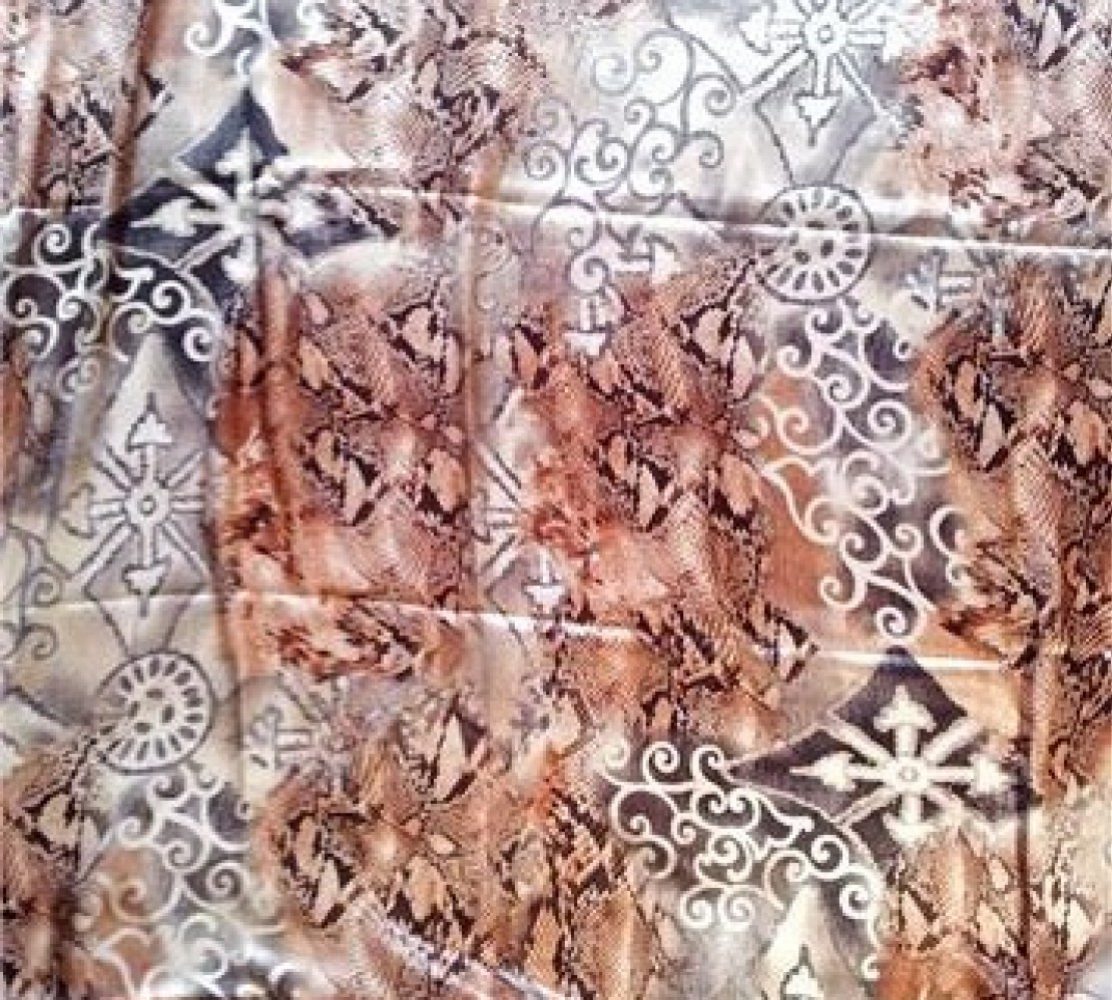My quest for Raglan & Semi-Fitted variations to my Fitted Breton T wasn’t quite the smooth sailing that I had hoped. While not Titanic disasters, they have not delivered me to safe design harbors yet. So I see more fussing with fit ahead.
The Raglan Experiment
Mug Shots & Style Shots
What went wrong
The muslin is wearable, but the position of the raglan seams just look wrong. Unbalanced as the GBSB judges might have said. And the armholes feel a bit tight. There’s also a bit more drape underarm than I would have liked.
I think the problem stems from trying to follow standard flat-pattern design drafting instruction using my non-standard Blocks. Sometimes the steps are just impossible to follow once you’ve altered your Basic Blocks to fit your figure quirks.
I first tried Stretch Pattern School’s instruction for Raglan Sleeve. But I failed at step 3. I couldn’t get the corresponding raglan seamlines to be the same lengths. So I gave up and tried the instruction in Designing and Patternmaking for Stretch Fabrics instead.
This instruction was just about possible to achieve with my wonky Blocks. But the result, as I said, wasn’t perfect. I’m wondering if its approach of disregarding any overlap of the sleeve head and bodice at the armscye-shoulder area might have contributed to the armscye tightness – ie the raglan seam ended up too short and drew the underarm closer to the body than the set-in sleeve original. Maybe it’s an approach that’d work better with looser fitting Blocks.
The Semi-Fitted Experiment
Mug Shots & Style Shots
What went wrong
Again the muslin is wearable, but I don’t like how the back is loose until it hits my hip. And it’s not that the hem is too tight for my hip. The hip actually has 2-1/2″ of ease. Releasing the side seams I discovered that it’s in fact the shaped waist that’s the culprit. Instead of letting the back fall straight from the shoulder blades to the hip, it pulls the back in slightly under the blades. The ease added gave the back a loose fit until it hits where the bum protrudes out more. Then it goes into skim the bum mode. A very weird look indeed.
If I shorten the top to above this point, then problem solved. But with the looser fit I kind of prefer a longer length so that the width doesn’t stand out more than the length. I reckon if I let out the waist about 1″ at each side seam then I’ll get the smoother loose fit I want in the back.
The other problem I discovered are slight draglines pointing to the neck-shoulder points, as if the shoulder slope is too shallow. I then check the Fitted Breton T muslin I just made, it too has the same draglines, but just not as noticeable. Urgh.
Where next…
If I weren’t planning to design from these Blocks I might let these minor imperfections slide. But because I do want to get more creative with them, I don’t want those imperfections to multiply and amplify. So I will have to go back and fix these.
But I think I will abandon my original plan to go immediately into production mode with the Breton Ts. I’m feeling a bit seaksick after three wearable muslins in the same stripy knit. Time to disembark and head ashore for a change of scenery me thinks…










































































